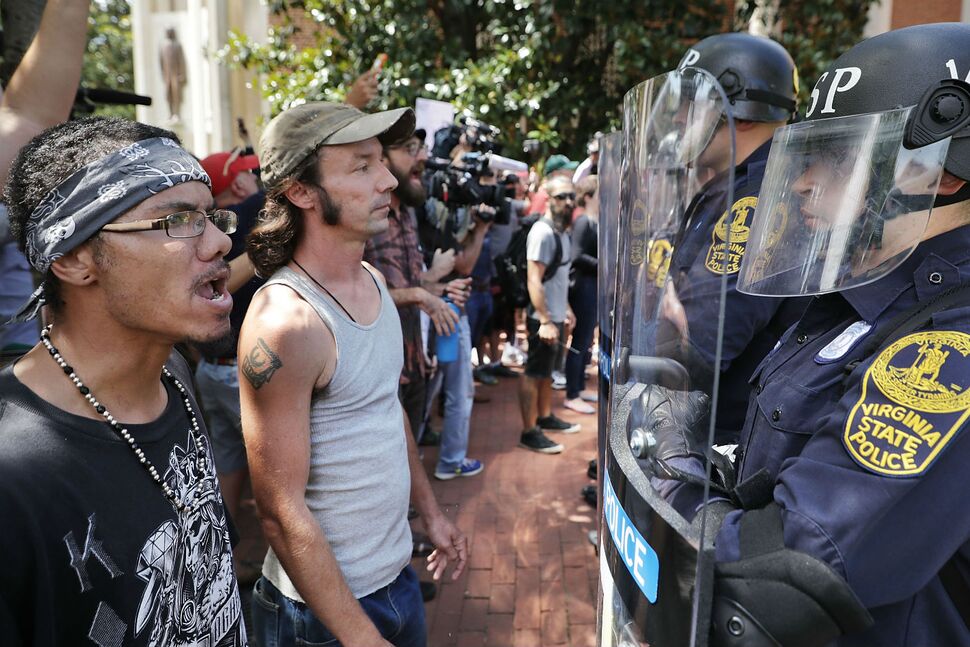
Why People Are More Divided Online Than in Real Life
Josh Shear – If you spend enough time scrolling through social media or reading the comments section of any popular news site, it is easy to assume the world is more divided than ever before. Arguments escalate quickly. Opinions become extreme. Civility seems like a forgotten concept. Yet step outside into the real world, and a different reality often appears. Neighbors still greet each other. Coworkers with differing political views manage to collaborate. People smile at strangers in grocery store aisles. Why people are more divided online than in real life is a question that goes beyond simple explanations. It requires looking deeper into how digital spaces shape human behavior.
The internet has fundamentally changed how we communicate. What once required face to face conversation can now happen anonymously, instantly, and often without consequence.
One of the primary reasons division feels more extreme online is because social media platforms thrive on engagement. Algorithms are designed to keep users scrolling, liking, and commenting. Content that sparks outrage or triggers emotional responses typically performs better in this environment. As a result, divisive posts are amplified while nuanced, thoughtful conversations are buried.
When people see only the most extreme opinions floating to the top of their feeds, it can distort their perception of reality. It begins to feel like everyone is on one side or the other, with no room for middle ground. In reality, most people hold complex, layered views that do not fit neatly into online echo chambers.
Another reason why people seem more divided online is the anonymity and distance the internet provides. In face to face interactions, social norms and consequences encourage people to communicate more respectfully. Disagreement can happen, but it is tempered by body language, tone of voice, and the basic human instinct to avoid unnecessary conflict.
Online, these social cues disappear. People say things they would never utter in person because there is little risk of immediate repercussion. Anonymity emboldens individuals to express opinions in harsher, more polarized ways. This creates an environment where extreme viewpoints flourish while civility erodes.
Read More: How a TikTok Trend Just Sparked a Global Political Debate
Digital spaces make it easier than ever to curate the information we consume. People tend to follow accounts, join groups, and read articles that align with their existing beliefs. Over time, this leads to the formation of echo chambers where only like minded voices are heard.
Within these spaces, opinions are rarely challenged. Instead, they are reinforced and amplified. Minor disagreements escalate quickly because any deviation from the group’s prevailing viewpoint feels like a betrayal. This reinforces division and makes compromise seem impossible.
In contrast, real life forces people to interact with a broader range of perspectives. At work, in families, and within communities, differing opinions must coexist. These daily interactions help temper extreme views and encourage empathy, something often missing in online exchanges.
The design of online platforms plays a significant role in why division feels more pronounced on the internet. Short form content, character limits, and viral headlines reward oversimplification. Complex issues are reduced to bite sized arguments, stripping away the nuance necessary for meaningful understanding.
In real life, conversations can unfold over time. People ask questions, clarify misunderstandings, and find common ground. Online interactions rarely offer this opportunity. Instead, they encourage snap judgments, quick reactions, and a culture of taking sides.
Media outlets and influencers often contribute to the perception of division because controversy drives clicks and attention. Sensational headlines, polarizing opinions, and dramatic narratives keep audiences engaged. The more extreme the message, the more likely it is to spread.
This creates a feedback loop where the loudest voices appear to dominate the conversation, overshadowing the quieter majority who engage respectfully both online and offline.
Despite the noise of the internet, real life interactions continue to reveal that people are not as divided as they seem. In person, shared experiences foster understanding. Acts of kindness happen without being broadcast. Communities work together to solve problems regardless of political or ideological differences.
These realities are often absent from online narratives but remain crucial reminders that humanity’s capacity for connection is stronger than digital algorithms would have us believe.
Understanding why people are more divided online than in real life helps us navigate the internet more mindfully. It encourages us to seek out diverse perspectives, engage with empathy, and remember that behind every screen is a person with their own complexities and experiences
This website uses cookies.